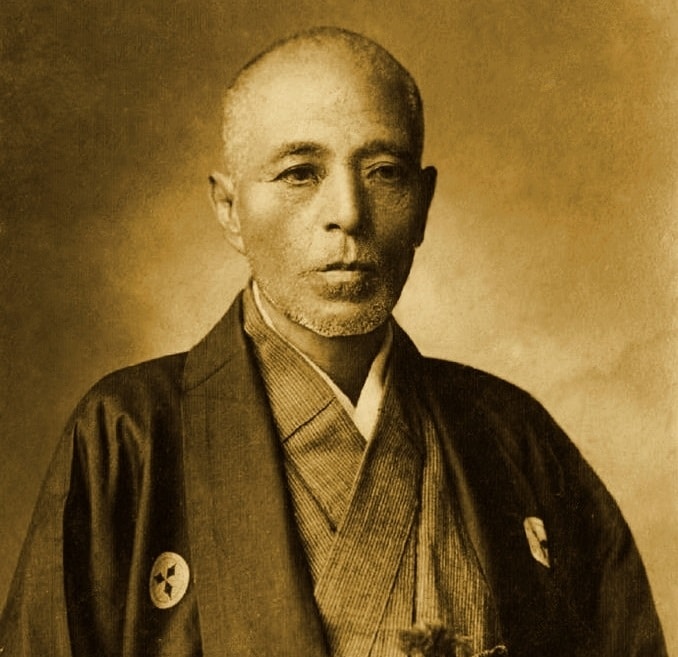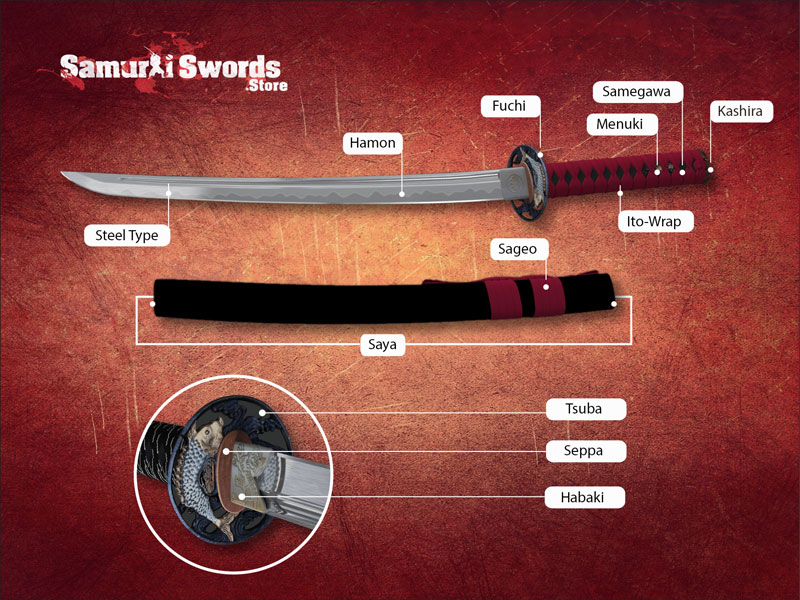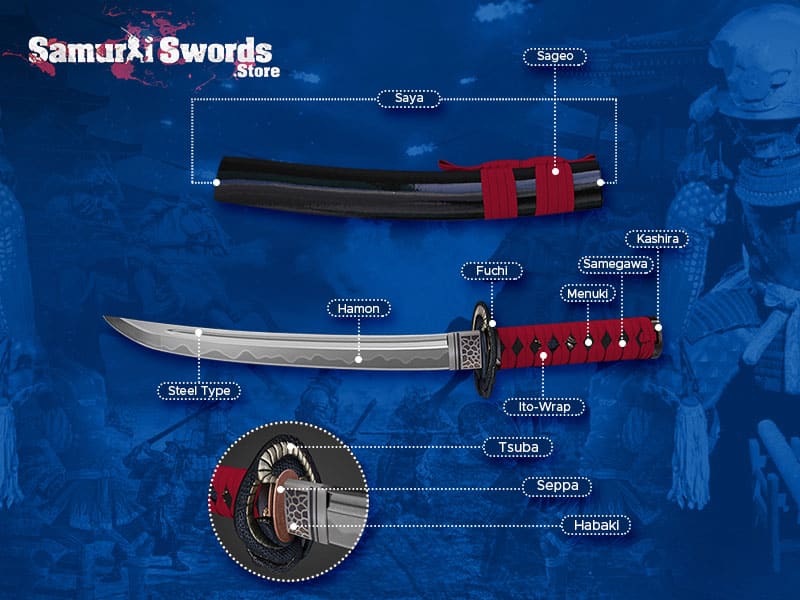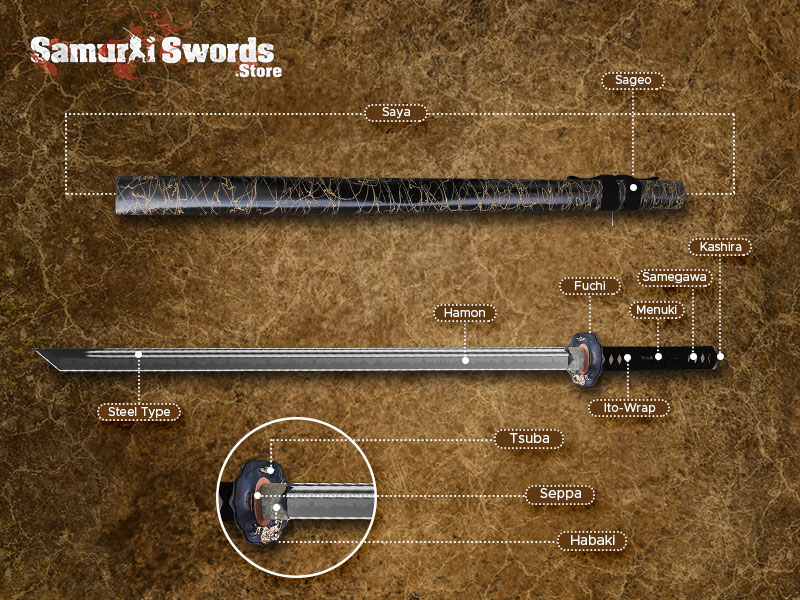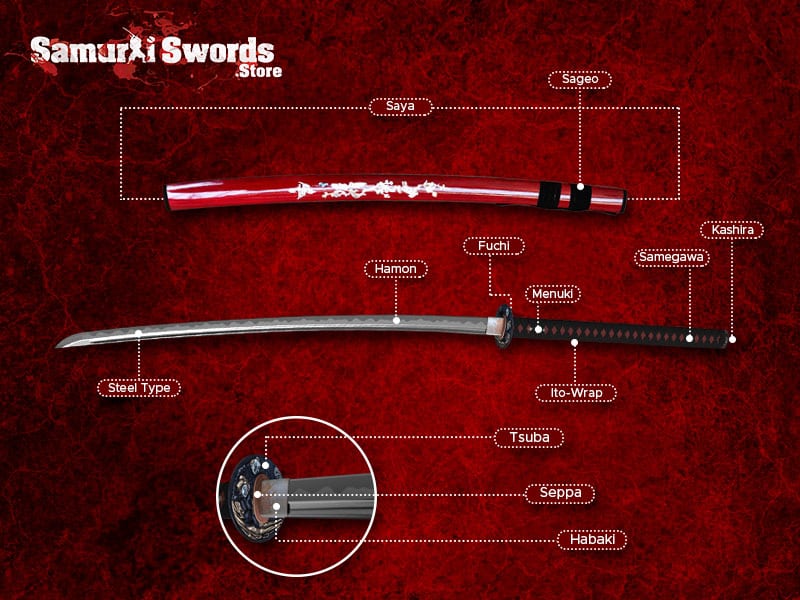Samurai Warriors
Saito Hajime
Saito Hajime
Once known simply as Yamaguchi Hajime, Saito Hajime was a Japanese samurai from the Edo period. He was known for being the captain of the third unit of the Shinsengumi.
Saito’s group was labeled as a special police force referred to as the New Selected Group organized under the Bakufu or military government.
He was one of the major players for the wars that happened throughout the Bakumatsu period. Saito Hajime remained faithful to what he does best – to protect the peace. This explains why he worked as a police officer in Tokyo during the Meiji Restoration period.
Saito Hajime Early Life
As a young man, Saito Hajime was tall for his age. He was 5 feet and 11 inches or 180 centimeters tall. He was said to be an introvert which made him appear mysterious.
Saito was highly noted for being a dignified individual, always ensuring that his obi was properly tied; when walking, he was cautious to not drag his feet in the process.
As a man, he dislikes small talk and keeps to himself most of the time. However, he was said to be quick to react to any situation at any given time.
Saito was also known to be extremely intimidating, especially when he wanted to appear this way. Aside from his responsibilities as the captain of the Third Squad.
He also had certain duties for weeding-out any spy lurking within the Shinsengumi’s ranks. With that, each of the members needed to be mindful of what they spoke of when around him.
Living in the Shinsengumi Period
Saito Hajime served as an assistant to the Vice Commander or Fukucho Jokin. He was a Kenjutsu instructor.
He was not yet connected to the Aizu clan during this period, and his kin refused to acknowledge that he was a spy. There were also debates on whether he was really an internal spy for the Shinsengumi.
Saito Hajime’s questionable reputation came from accounts of killing corrupt members of the Shinsengumi. Rumors speculate on his role in the deaths of Tani Sanjuro and Takeda Kanryusai.
Roles in the Reorganization
Saito Hajime was affected by the reorganization in the ranks. He was first given an assignment as the fourth unit captain. A year later, he was assigned another role; this time as third unit’s captain.
Saito was also known for his swordsmanship that others feared him more because of this. He was in par with the first and second troop captains in terms of swordsmanship skills. There were rumors that Okita, the first troop captain, was actually afraid of Saito.
Create Your Custom Katana in 3D
if you still haven't tried the 3D app, download now and design your sword while seeing the outcome before ordering, create your custom Katana within minutes.
Download Now
Life in Gonohe Tonami
They met through Kurasawa Heijiemon who was an old friend of Saito from Kyoto. Kurasawa was linked in the migration of Aizu warriors to Tonami, as well as the establishment of settlements in the area, specifically in Gonohe Village.
Only in the year 1915 was the village promoted to have a town status.
Shinoda Yaso
Fujita Goro / Saito Hajime’s wife, Shinoda Yaso, was of samurai lineage. Her father was Shinoda Naizo who was part of the Aizu Honshizoku, known for being a warrior group. Her father once received a decent sum of 400 Koku and was considered well off by the standards of that time.
The same thing happened to her eldest brother named Iwagirou who died in one of the battles at Kinmon. This battle was also known as the Hamaguri Gate Rebellion, where they rebelled against the Tokugawa Shogunate. As a result, she became a refugee moving along with her other brothers to Gonohe Village.
Saito Hajime’s Life as Merchants
The couple married and set up their residence in Gonohe. Saito Hajime was already living in Kurasawa prior to their marriage. Although they declared themselves as of samurai ancestors, their life was more like merchants.
Living in Gonohe was very difficult due to its infertile land. Since it was not an area near the sea, there were no other agricultural means or even trading options like fishing.
Due to the living conditions, they were forced to receive relief money. There was a theory stating that Saito divorced his first wife and Kurusawa had something to do about this.
Marriage to Takagi Tokio
He was working for the Police bureau when Saito married Takagi Tokio, the daughter of Takagi Kojuro. Her father was a retainer for the Aizu Domain. She was once a lady in waiting for Matsudaira Teru.
Since Takagi Tokio was Kurusawa’s adopted daughter, he became one of the sponsors for this union. It was believed that this was the reason why Kurusawa had a hand in Saito’s divorce with his first wife, Shinoda Yaso.
This marriage was actually thought to be arranged by Sagawa Kanbee and Yamakawa Hiroshi who served as lower go-betweens.
This was customary during that period especially when it came to arranged marriages, while Matsudaira served as higher sponsors.
Saito Hajime: Bloodlines
From Saito’s union with Takagi Tokio, they had three children. The eldest was Tsutomu, and three years after came Tsuyoshi. Seven years later came the youngest child, Tatsuo.
The eldest son Tsutomu had a wife named Nishino Midori whom he had seven children with. Today, the generations that came after these children were born, continues Saito’s bloodline.
However, Tokio’s maternal relatives from her side of the Aizu clan were wiped out during the Boshin War or the Japanese Revolution civil war.
Hatamoto
Saito Sajime was a Hatamoto in 1867 prior to the outbreak of the Boshin War. He also took part in other battles such as the Battle of Toba Fushimi and the Battle of Koshu Katsunuma.
Being a Hatamoto meant that Saito Hajime as a samurai warrior was in direct service of the Tokugawa Shogunate. There were actually no differences between being an upper vassal of the Tokugawa house and being part of the lower vassals.
Though what separates Saito as a Hatamoto was that he had the right to an audience with the Shogun compared to those belonging to the lower vassal levels.
Saito Hajime At Boshin War
This civil war was fought from 1868 to 1869. this was between the Tokugawa Shogunate who was the ruling government, and those who wanted to return political power to the Imperial Court.
The main reason for the outbreak of civil war was due to the way the Shogunate handled the policy against foreigners. Tokio’s family was caught in the midst of this war which explains why their lineage was wiped out.
Saito Hajime: Role Model for Anime Character
Present-day anime character Saito Hajime or Hajime Saito from Rurouni Kenshin was inspired by the real man in history. This series was done by Nobuhiro Watsuki and was inspired by the Shinsengumi.
For this modern-day version of Saito, he was featured as somewhat an adversary to Himura Kenshin who was the protagonist of the story.
Both of the characters portrayed were based on historical Japanese figures yet the setting of the anime was during the Meiji period of feudal Japan.
Fiction Fans
Since his character was featured in different anime and manga series, Saito Hajime became a popular figure among the younger generation of today.
His character also dominated media spanning through different genres. Often, his story revolves around his role as a member of the Shinsengumi.
Saito Hajime: Death
Saito Hajime was not as perfect as a real hero. Even if he was a member of what was labeled as an assassination squad, he was not without fault.
He was said to be into heavy drinking which was the cause of his death from having stomach ulcers. He died at the age of 72 years and was buried at Amidaji Temple.
Image Source: 日本語: 中黒實English: Minoru Nakakuro [Public domain]


